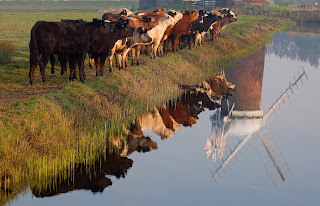Fallingwater is famous as the Edgar J. Kaufmann Sr. Residence, is a
beautiful house designed by American architect Frank Lloyd Wright in 1935 in
rural southwestern Pennsylvania, 50 miles southeast of Pittsburgh, and is part
of the Pittsburgh Metro Area. Fallingwater is situated in southwest
Pennsylvania’s Laurel Highlands and 90 minutes from downtown Pittsburgh.
The home sits in a picturesque, wooded setting on PA Route 381 between
the quaint villages of Mill Run and Ohiopyle. Amazingly the house was built partly
over a waterfall in Bear Run at Rural Route 1 in the Mill Run section of
Stewart Township Fayette Country, Pennsylvania, in the Laurel Highlands of the
Allegheny Mountains. The house is hailed by Time magazine right after its
completion, and listed among Smithsonian magazine’s life list of 28 places to
visit before you die.
It’s the most unique house and it needed people just as unique to make
happen. Fallingwater was built in between 1936 and 1939, and then it instantly
became prominent place, and today it is a National Historic Landmark. The
actual reasons behind its popularity is; that house doesn’t even appear to
stand on solid ground, but in its place stretches out over a 30’ waterfall, and
it captured everyone’s imagination when it was on the cover of Time magazine in
1938.
Because it is located in a rural area, so there is no public
transportation to Fallingwater, visitors needs a car to travel here from your
point of arrival. The final cost expense out on the house is $155,000 Including
$8,000 architect’s fees, and $4,500 for installed walnut furnishings. The main
house covers 5,330 square feet while the guest house uses 1,700 square feet.
The Western Pennsylvania Conservancy conducted an concentrated program to
preserve and restore the Fallingwater. Since 1988, a New York City-based
architecture and engineering firm was main responsible for the materials
conservation of Fallingwater.

































































